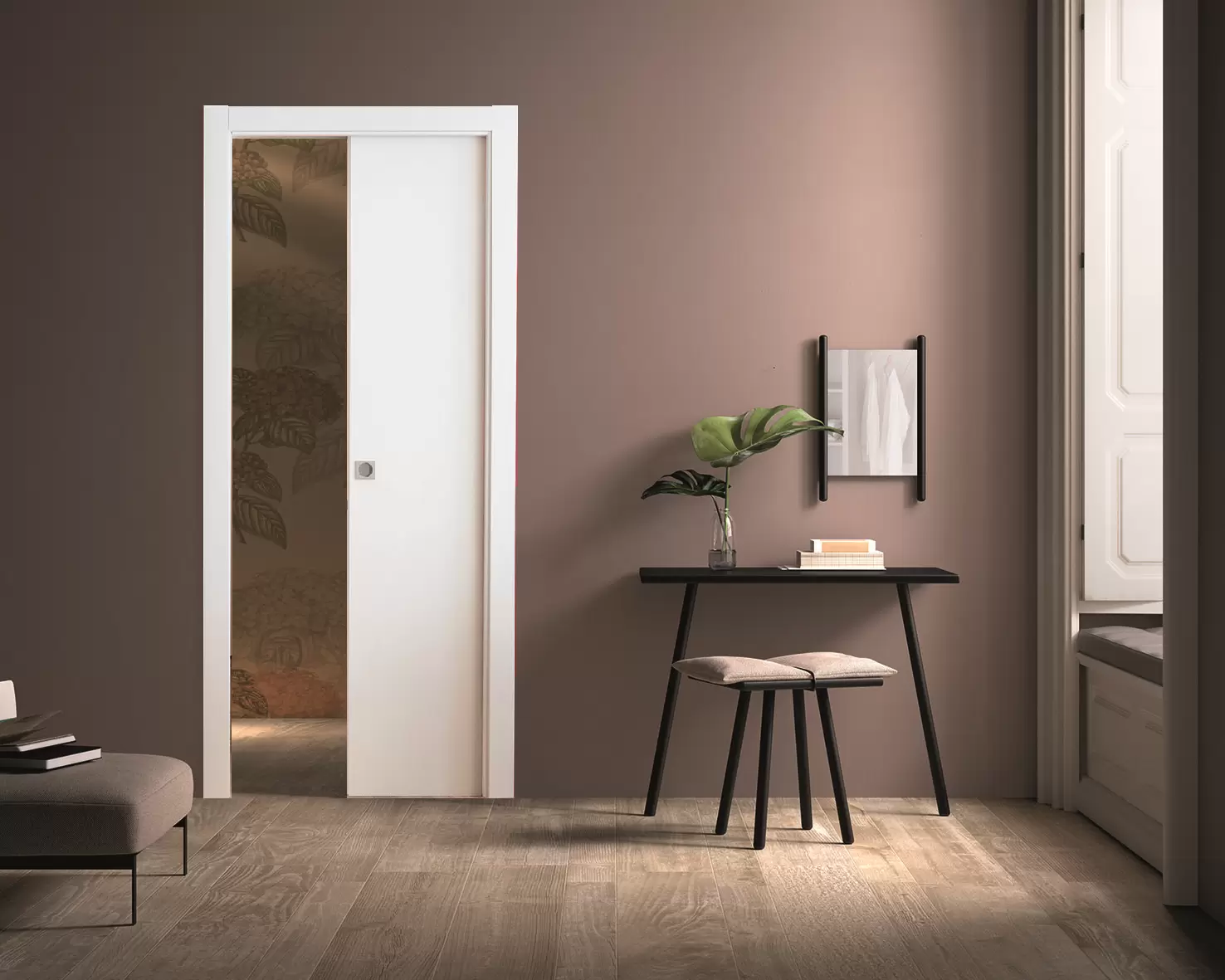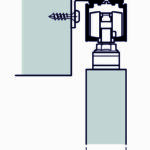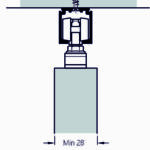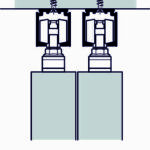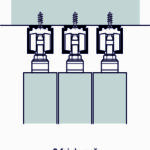Sliding interior doors
Today we're going to discuss sliding interior doors, also known as sliding doors, whether wall or pocket (inside the wall) mounted. This article will cover all aspects of sliding doors, including their advantages and disadvantages, as well as when it's more appropriate to choose a sliding door over a standard swinging door.
External door opening
Exterior-mounted sliding doors involve installing an aluminum track on the wall. It is important that when the door is closed, it completely covers the door opening. Therefore, for sliding doors, the door leaves should be ordered 10 cm wider than the door opening and 5 cm higher.
Sound insulation of sliding doors
A sliding door will never provide the same sound insulation or protection against draughts as a swing door. This is because the sliding door is positioned at a certain distance from the wall. This distance depends on several factors. For example, if you have a skirting fitted, which is usually 16mm thick, the door leaf will be about 20mm from the plane of the wall. However, if there is a concrete beam above the door opening, the mounting rail can be fixed directly to this.
Sliding door mechanisms include the mounting rail, the rollers that move the door and the bottom guide. Basically, a sliding door "hangs in the air," which is why it's important to carefully choose the right mechanism for the weight of the door. To prevent swinging, a guide is fitted to the floor. Sliding doors can be configured in single, double, triple or even quadruple rebated, opening either opposite or in the same direction.
